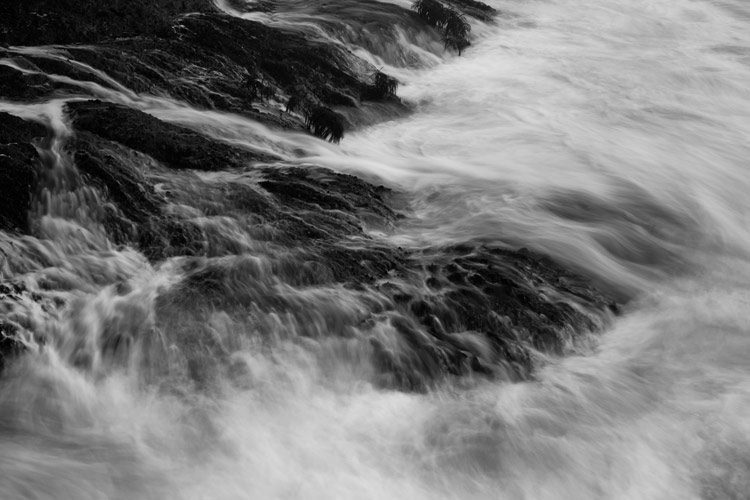We may earn a commission when you purchase through affiliate links. Learn more.
Aperture is the exposure variable that affects how wide the lens’s iris diaphragm can open to let light through. Much like the iris of your own eye, which contracts to regulate the size of your pupil affecting how much light reaches the retina, the iris of a camera lens regulates how much light reaches the digital sensor or film. A camera lens’s aperture size is measured with f-stop numbers that tell us how large the iris is and how much light it is blocking or allowing through.
Progressively smaller aperture settings stop more light from reaching the sensor. A full stop either doubles or halves the light passing through the lens — with your aperture set to f/1.4, your lens allows twice as much light through as it would if the aperture was set to f/2.
Lower f-stop numbers such as f/1.2 or f/1.8 mean that the aperture is very wide and can let lots of light through when the shutter is open.
Higher f-stop numbers like f/22 or f/32 mean that the aperture is very small and only a small amount of light can get through when the shutter is open. Along with a Neutral Density filter, a high f-stop helped to reduce the light in the scene above, allowing us to take this long exposure photo. With a smaller aperture, the incoming light is heavily restricted, and a slow shutter speed can be used to produce creative effects like this.
Along with a Neutral Density filter, a high f-stop helped to reduce the light in the scene above, allowing us to take this long exposure photo. With a smaller aperture, the incoming light is heavily restricted, and a slow shutter speed can be used to produce creative effects like this.
It might seem a little backwards at first that the bigger the f-stop number, the smaller the hole which lets in light is. An easier way to look at this concept is, Bigger f-stop number, Bigger light blocking power. Smaller f-stop number, Smaller light blocking power.
Aperture controls how much light passes through your lens, but it also affects the Depth of Field, which is the measurement of how much of your scene is in focus. We’ll cover the details of how Depth of Field works in the next lesson.

